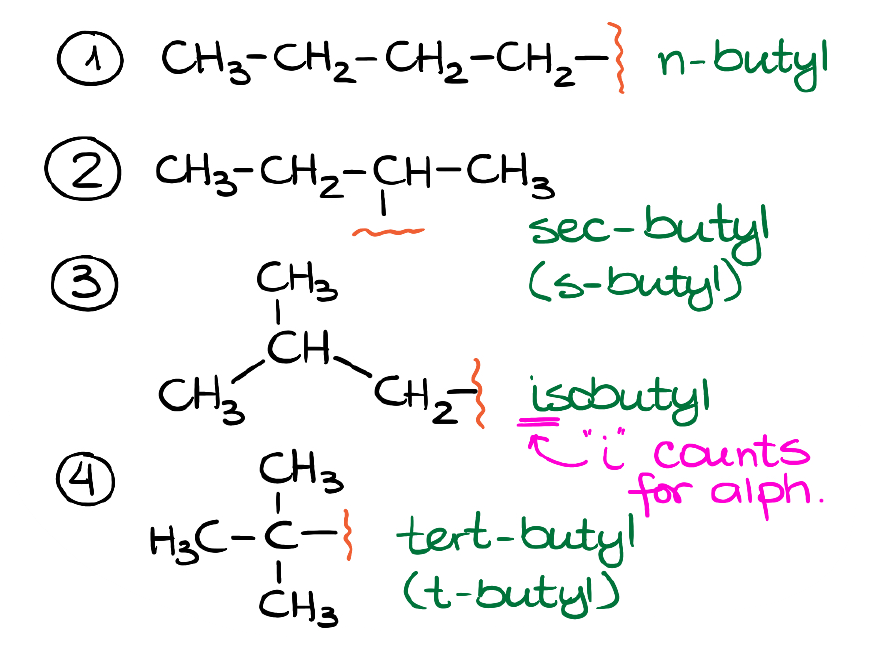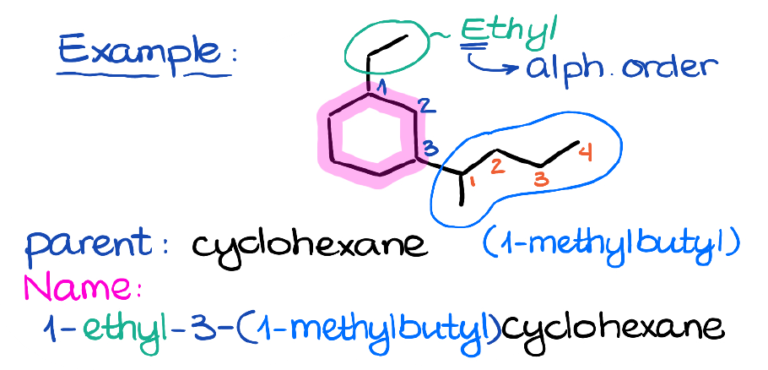
The atom toolbar (right) allows you to select an atom by clicking on one of the frequently used atoms or select an atom from periodic table icon at the top of the toolbar.The template tool bar (bottom) allows you to select predetermined structures e.g., benzene ring, cyclopentane, or cyclohexane.

Draw by dragging from the toolbar and clicking on the canvas using any of the various bond types, symbols, or charges.
 The drawing tool bar (left) can be used to clear the canvas or delete parts of an object. A general tool bar (top) includes import, export, undo, cut, paste, view, and settings. The tool contains four tool bars, placed around the drawing canvas:. Click on an item in the pop up menu to set atom and bond properties, attach data to atoms and bonds, or set query properties on atoms. Right-clicking on an object on the canvas brings up a pop-up menu that allows you to manipulate the objects and structures on the canvas. Use the canvas to construct, import, or edit your molecules. Hover over the icons to learn the function of the chemical structure drawing tools. Primary suffix: The suffix used to represent the saturation or unsaturation of carbon atoms present in the parent chain is called a primary suffix.Instructions for using the structure search and drawing tool: The suffixes used are of two types as given below ġ. The main functional group and the multiple bonds present in the given compounds are indicated by adding specific suffixes to the word root. Note: Extra ‘a’ given in parenthesis is used only if the primary suffix to be added to the word root starts with a constant. For chains from one to four carbon atoms, special word roots (based upon the common names of alkanes) are used, but for chains of five or more carbon atoms, Greek number roots are used as given below: Chain Length Word root denotes the number of carbon atoms present in the principal chain, which is the longest possible chain of carbon atoms. Learn Exam Concepts on Embibe General Rules for IUPAC NomenclatureĪccording to the IUPAC system, the name of an organic compound, in general, consists of the following three parts: A systematic way of naming has been devised to clearly identify them, and it is known as the IUPAC (International Union of Pure and Applied Chemistry). Organic chemistry deals with a huge number of different molecules. That is, according to the rules of any formal system of chemical nomenclatures, such as IUPAC inorganic or IUPAC organic nomenclature, the term is not accepted.Ģ. There are two systems of Nomenclature, namely:Ī non-systematic name for a chemical compound is known as a trivial name in chemistry. This is also quite necessary otherwise, it will be very difficult to assign names to the vast number of organic compounds and remember them. Nomenclature means the system of naming organic compounds based on specific guidelines. Learn About Nomenclature of Coordination Compounds Here What is the Nomenclature of Organic Compounds? In this article, we will discuss about the nomenclature of organic compounds in detail.
The drawing tool bar (left) can be used to clear the canvas or delete parts of an object. A general tool bar (top) includes import, export, undo, cut, paste, view, and settings. The tool contains four tool bars, placed around the drawing canvas:. Click on an item in the pop up menu to set atom and bond properties, attach data to atoms and bonds, or set query properties on atoms. Right-clicking on an object on the canvas brings up a pop-up menu that allows you to manipulate the objects and structures on the canvas. Use the canvas to construct, import, or edit your molecules. Hover over the icons to learn the function of the chemical structure drawing tools. Primary suffix: The suffix used to represent the saturation or unsaturation of carbon atoms present in the parent chain is called a primary suffix.Instructions for using the structure search and drawing tool: The suffixes used are of two types as given below ġ. The main functional group and the multiple bonds present in the given compounds are indicated by adding specific suffixes to the word root. Note: Extra ‘a’ given in parenthesis is used only if the primary suffix to be added to the word root starts with a constant. For chains from one to four carbon atoms, special word roots (based upon the common names of alkanes) are used, but for chains of five or more carbon atoms, Greek number roots are used as given below: Chain Length Word root denotes the number of carbon atoms present in the principal chain, which is the longest possible chain of carbon atoms. Learn Exam Concepts on Embibe General Rules for IUPAC NomenclatureĪccording to the IUPAC system, the name of an organic compound, in general, consists of the following three parts: A systematic way of naming has been devised to clearly identify them, and it is known as the IUPAC (International Union of Pure and Applied Chemistry). Organic chemistry deals with a huge number of different molecules. That is, according to the rules of any formal system of chemical nomenclatures, such as IUPAC inorganic or IUPAC organic nomenclature, the term is not accepted.Ģ. There are two systems of Nomenclature, namely:Ī non-systematic name for a chemical compound is known as a trivial name in chemistry. This is also quite necessary otherwise, it will be very difficult to assign names to the vast number of organic compounds and remember them. Nomenclature means the system of naming organic compounds based on specific guidelines. Learn About Nomenclature of Coordination Compounds Here What is the Nomenclature of Organic Compounds? In this article, we will discuss about the nomenclature of organic compounds in detail. .png)

The name of an organic compound involves three parts namely, a word root, suffix, and prefix. Nomenclature of organic compounds is defined as the systematic approach taken for the nomenclature of the organic compounds as per the recommendation of IUPAC. A set of logical rules was devised and used by organic chemists to circumvent problems caused by arbitrary nomenclature. The naming of compounds containing mainly carbon and hydrogen (organic compounds) is called organic nomenclature.In order to have a universal way to name organic compounds around the world, the International Union of Pure and Applied Chemists (IUPAC) wrote a set of rules and guidelines followed by all organic chemist.There are a lot of terms to know like, functional groups, suffixes of names.




.png)



 0 kommentar(er)
0 kommentar(er)
